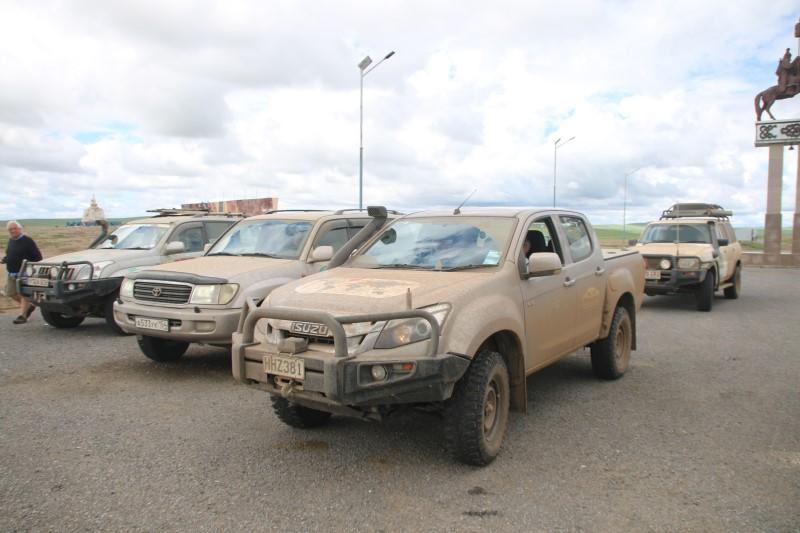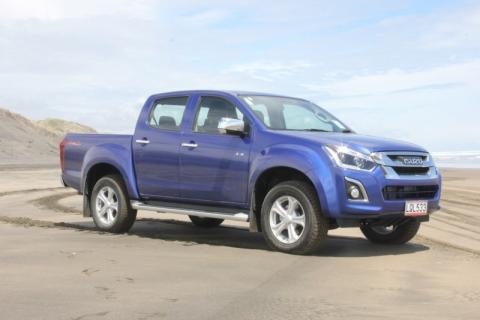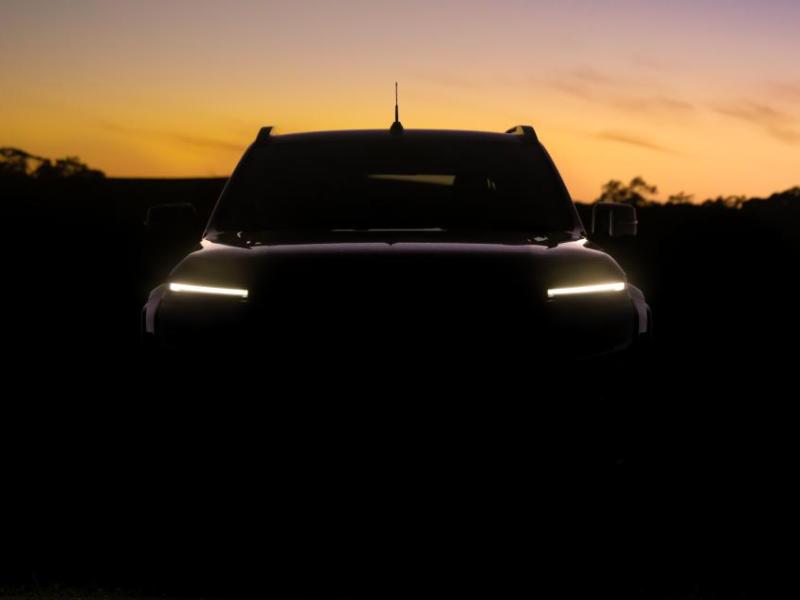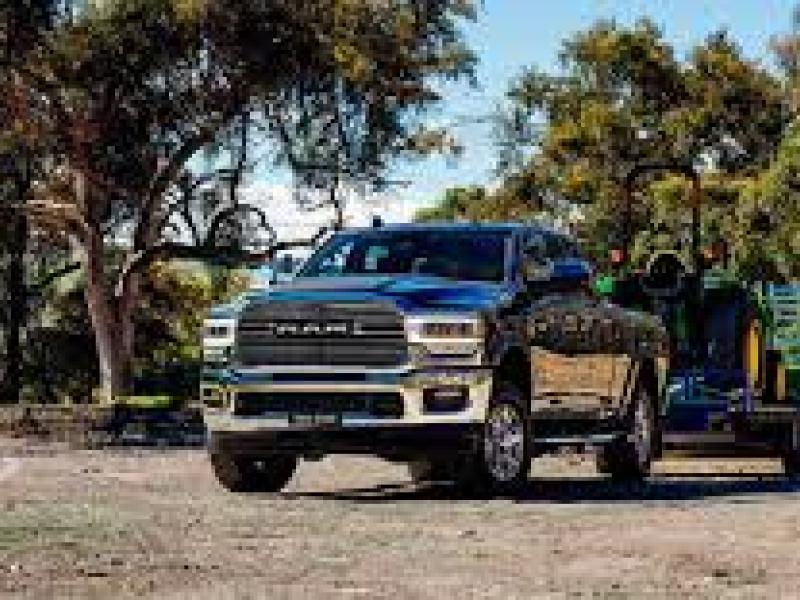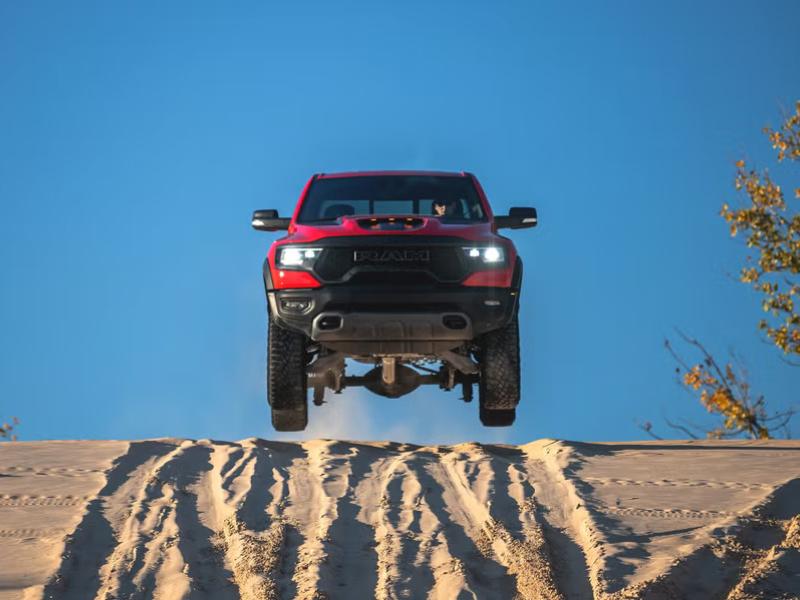Isuzu’s D-Max is a no-nonsense ute from the old-school as NZ4WD Editor Ross MacKay and global adventurer Robin Dicey have – separately – discovered.
Like the stoic Kiwi farmer of popular (largely townie) myth, Isuzu’s D-Max is very much the quiet achiever of the NZ 4x4 double cab ute sector.
Not flashy like Ford’s big, bombastic Ranger, or as socially well-connected as Toyota’s ‘boarding-school-then-degree-at-Lincoln’ Hilux, the D-Max sells on the merits of simply getting on with the job.
The LS-auto I drove recently is Isuzu NZ’s middle-of the-road (or rather, farm track) model with an RRP of $58,990.
It’s worth noting that though they may look pretty much the same from the outside the D-Max you can buy today is not quite the same as the one you might have looked closely at a year or two ago.
Since the last time we fully-tested a D-Max (June 2016) for instance the 3.0-litre engine has been breathed on to produce more torque (up from 380 to 430Nm) and the previous 5-speed auto has been superseded by a trick new Aisin-built 6-speed unit.
Electronic safety systems are also now right up to date with Hill Descent Control, Hill Start Assist and Trailer Sway Control all added since our last encounter.
The engine is also now fitted with an automatically-operating Diesel Particulate Filter to keep the Greenies happy!
Styling-wise that same year (2016) saw a slight change in the look of the tailgate complete with new lock and reversing camera lens integrated into the handle.
It also saw a general tidy-up in the cabin, one which included the introduction of a chic yet hard-wearing new fabric for the seats front and rear, the use of more ‘soft-finish’ upholstery (replacing a lot of hard, brittle, moulded plastic) the dash, plus the move to an eight (up from six) speaker audio system and a larger (now eight inch) touchscreen.
Ride - which up until recently was the Achilles Heel of most ‘work’ utes – was always on the acceptable side of ‘too stiff’ but Isuzu has (quietly and with zero fuss) recently introduced a modified rear end which makes it even better.
The front end (in my humble opinion anyway) could still do with some work but there is now some real compliance in the rear. Some achievement when you consider that at the same time (or thereabouts) braked towing capacity was upped from 3000 to 3500kg and payload was increased to a more than useful max of 1219kg.”
Handling itself remains a bit of a mixed bag with a nose-heavy feel, strong understeer and more body roll than I’d ultimately prefer. And at, er, higher road speeds a lack of lateral support from the otherwise all-day comfortable front seats limits how quickly you take corners
The engine chatters away like an auxiliary generator on start-up but the sound-deadening works so well that you really only notice how loud it is if you open the driver’s window or door.
Driven under normal, everyday conditions ride is perfectly acceptable and handling sure footed on and off the road.
Having now done quite a lot of gravel road work in one, I’d have to say, too, that the suspension tune is one of the best in the business. What I found rubbery and a little distant on tarseal transforms into corrugation-smoothing-out suppleness on gravel, with absolutely zero ‘scuttle-shake’ between ladder chassis and (bolt-on) body.
So, the D-Max is not the newest, nor the fastest, not the cheapest and definitely not the flashiest ute on the market.
That doesn’t mean, however, that it is not the best option for a lot of typical Kiwi buyers. Like Robin Dicey!
Robin has – literally – taken an Isuzu D-Max ute to the ends of the earth. So who better to talk to about their good and bad points?
When Bannockburn-based winemaker (think Mt Diffficulty Pinot Noir) Robin teamed up with Greg Paul and a group of other hardy souls to drive from Bangkok to Magadan (Siberia) in 2017 his Isuzu D-Max double cab ute stood out like the proverbial dog’s bollocks in a sea of Toyota Land Cruisers and the odd Nissan in the group photos that were taken along the way.
NZ4WD: So why take a ute (rather, say, than an SUV)? And allied to that question, why a D-Max. Over to you Robin.
RD: “I started with an Isuzu for the first big trip I did - Vladivostok to London - and it went really well. So I used it for a trip in South America after that - Buenos Aires to Ushuaia and back up to Santiago - and it went well again. So for the Bangkok to Magadan via the Road of Bones it was the obvious choice. Now with Trixie (my wife gave it this name) is overseas so often I’ve had to buy another Isuzu for use here in NZ. This one has had a special light yellow paint job; so it is called Buttercup (good grief!!)
NZ4WD: Better go thru the basics before we get too far ahead of ourselves. What model and year is ‘Trixie?’ Is it your first (D-Max or Isuzu?) And what attracted you to it (i.e. as opposed to other makes and/or models).
RD: It’s a 2014 D-Max auto. I’ve had a number of Isuzus over the years and have never been let down. To me they are far and away the most comfortable of the mid-size Utes, with a great engine and a particularly strong chassis. I’ve had Toyota and Mazda Utes as well, but – in my opinion, of course - they are not in the same class all round. Nor have I ever been inclined to the big Land Cruisers - when the going gets tough I always worry about their suspension being a bit tender.
NZ4WD: Now, let’s talk about how you prepared it for the trip? i.e I see you are running a snorkel and front bullbar. And you mentioned you ran Mickey Thompson tyres because you were concerned about punctures. So….could you list what you changed (factory or aftermarket) and why?
RD: For this last trip we were anticipating some pretty rough going; hence a hi-lift kit, snorkel, tyre pressure monitoring system and the Mickey Thomson tyres. All worked really well and we were the only vehicle of ten which never got a single puncture - some had five - and one eight! Interestingly, the mods were so successful that the ride and handling were just as good as before.
NZ4WD: Now to the trip itself. You mentioned in the story that you had an issue with brakes early on, and something in the rear suspension broke in Siberia. You also mentioned dust getting into the (covered) rear tray area. So, did the Isuzu turn out to be an inspired choice in terms of capability, comfort and reliability? Or were you left thinking to yourself, ‘I wish I had a Land Cruiser?
RD: On a particularly rough stretch in Laos, I think it was, a stone from a puddle got inside the disc brakes and ripped a lining off. At least 660 km with steel on steel was not that great. And the suspension? When the mods were put in the U-bolts were slightly wider than the originals and wouldn’t seat properly in the groove in the bracket/bumper block, so the grooves were ground down in order to ‘seat’ the U-bolts. Bad idea! One came loose and disappeared. Over 200 km before getting to Yakutsk on diabolical roads with a back axle only fixed on one side was a bit unnerving to say the least. Dust definitely was an issue, but the roads were terrible. No-one escaped. The cab was dust free but the deck under the lid was bad. I have now solved this by providing positive pressure to the deck via a couple of tubes into the deck from the cabin which works just fine..
To read the full story in the NZ4WD Annual go to Zinio.com (December 11) or purchase your own hard copy at the Adrenalin store.

